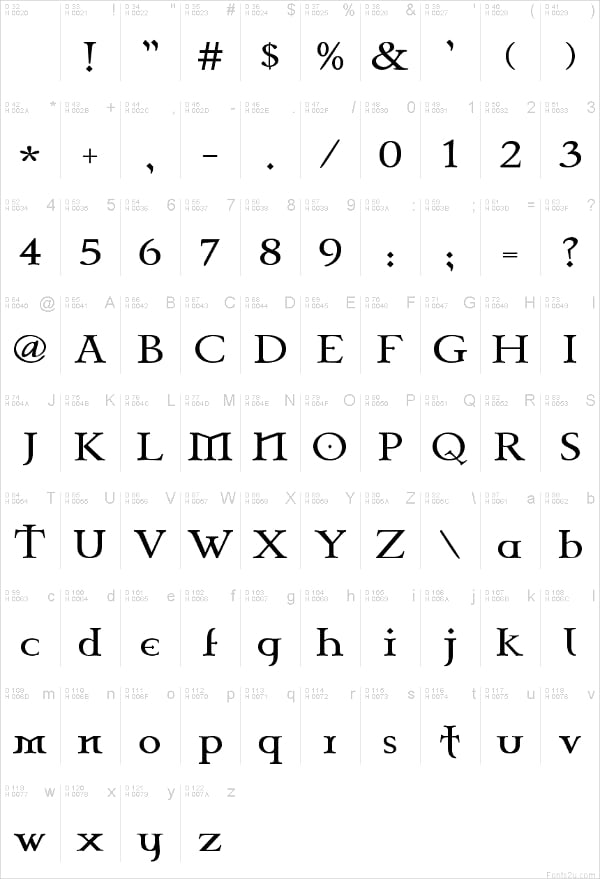

See this list for a lineup of available Windows fonts as well as information about the best of use of each. If you don't need to support Windows XP or older an Windows OS or other a non Windows OS then I would definitely go with Segoe UI otherwise I would go with Tahoma if it's available and if all else fails try Verdana.

In the short term we settled on Tahoma since Segoe UI isn't freely available for operating systems below Windows Vista. The results as I recall them were that Segoe UI and Tahoma were the best with respect to space utilization and readability for UI purposes at 10pt and 9pt sizes. I repeated the test as well with different font sizes. I did a rudimentary by creating a program that iterated through all of the available fonts I had installed on my Windows box at the time and printed a line containing each printable ascii character on to the screen in each of these font's.

Fontdoc for mac mac#
Great Mac experiences integrate the platform and device capabilities that people value most. macOS provides several features that help people interact with the system and their apps in familiar, consistent ways. People frequently have multiple apps open at the same time, and they expect smooth transitions between active and inactive states as they switch from one app to another. Interactions can last anywhere from a few minutes of performing some quick tasks to several hours of deep concentration. People expect to enter data and control the interface using any combination of input modes, such as physical keyboards, pointing devices, game controllers, and voice.Īpp interactions. In the typical use case, the viewing distance can range from about 1 to 3 feet. People generally use a Mac while they’re stationary, often placing the device on a desk or table. A Mac typically has a large, high-resolution display, and people can extend their workspace by connecting additional displays, including their iPad.Įrgonomics. Using these characteristics and patterns to inform your design decisions can help you provide an app or game that Mac users appreciate.ĭisplay. People rely on the power, spaciousness, and flexibility of a Mac as they perform in-depth productivity tasks, view media or content, and play games, often using several apps at once.Īs you begin designing your app or game for macOS, start by understanding the fundamental device characteristics and patterns that distinguish the macOS experience.


 0 kommentar(er)
0 kommentar(er)
